این
فیلم توریستی درباره کشور جزایر کوک می باشد
This is Film a tourist on the Cook Islands

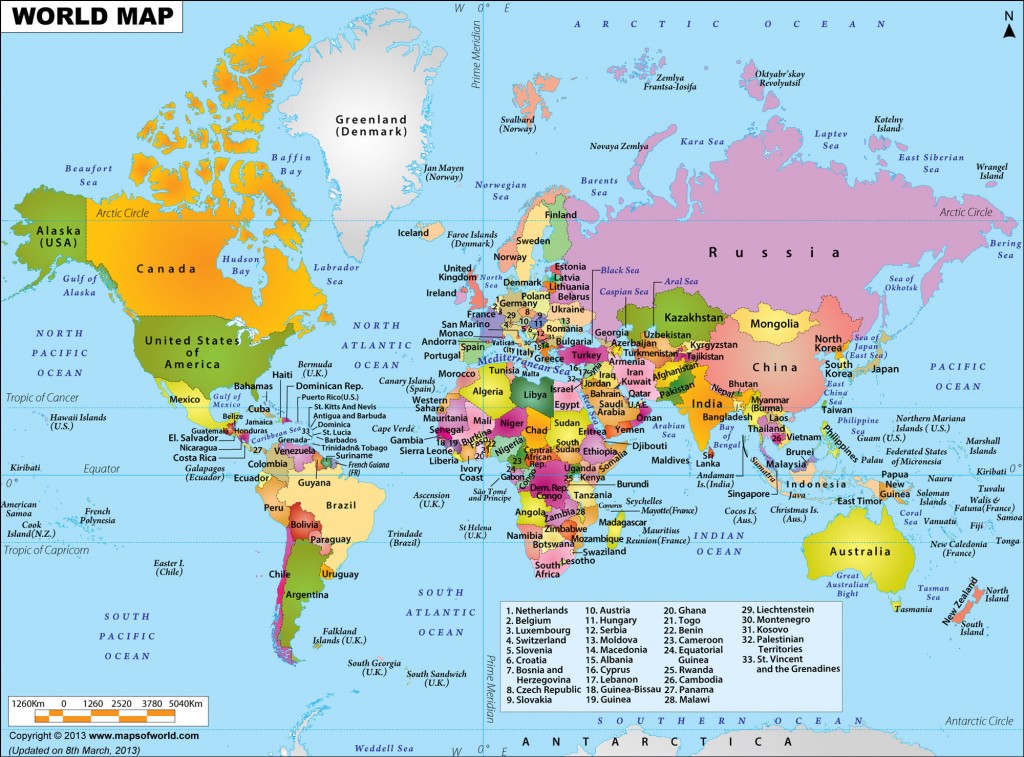

با توجه به که 176 کشور در دنیا وجود دارد برخی هنوز اسمی از آنها نشنیده اند. من می خواستم درباره کشور ساموآ آمریکا چیزی بنویسم یک کشور که رییس جمهوری آن باراک اوباما می باشد کشوری که تشکیل شده از مجمع الجزایر در غرب اقیانوس آرام جنوبی یکی از مناطق خود گردان ایالات متحده آمریکا به شماره می آید و منطقه توریستی است بیشتر گذرنامه های کشورها مورد تایید می باشد ولی کشور جزایر کوک که در جنوب غرب کشور ساموآ آمریکا است این دو کشور آخر دنیا می باشند، نظر من را جلب کرد و درباره آن شروع به تحقیق کردم. تمام اطلاعات و منابع از اینترنت می باشد.

با
شروع فصل تابستان مسافرت های در ایران آغاز می شود آیا تا به حال یک ایرانی به کشور
جزایر کوک رفته است کشور جزایر
کوک کجاست؟ آیا گذر نامه ایرانیان برای رفتن به کشور جزایر کوک اعتبار دارد؟ آیا تا
حال از خود پرسیدید آخر دنیا کجاست؟ همین جاست
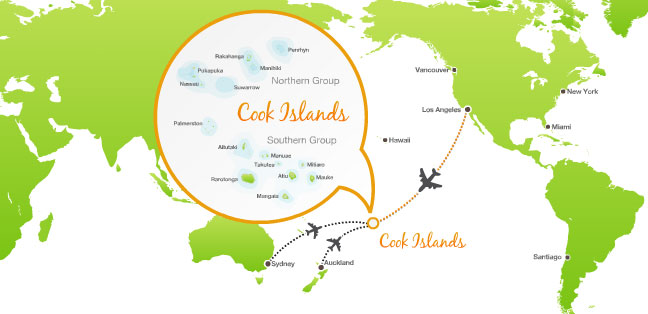
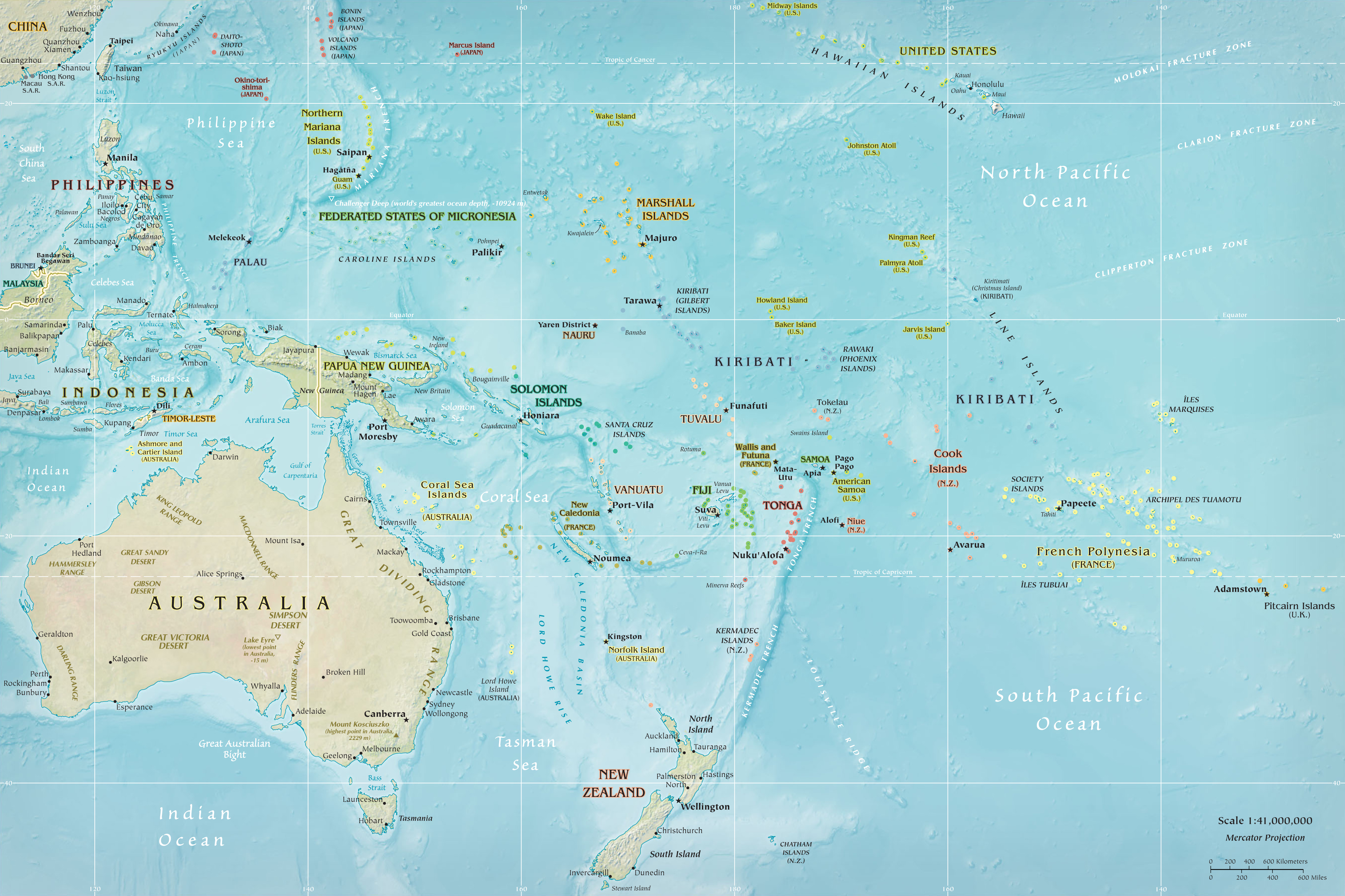

یکی از بهترین گزینه ها برای شماست که دوست دارید چند ماه رو با هزینه مناسب در آرامش بگذرونید. ساحل های استوایی مثل هاوایی، یکی از دلایلی هست که بعضی ها اینجا رو برای زندگی انتخاب می کنند. با این تفاوت که در کشور جزایر کوک، میانگین هزینه اجاره خونه ماهیانه ۱۳۰ دلار هست ساکنان بومی عمدتا اهل جزایر پولینزیایی هستند.در سال حدود 1000000گردشگر از این کشور دیدن می کنند، نیازی نیست که نگران ازدحام جمعیت و افزایش هزینه های زندگی در این جزیره باشید .


 همانطور که ملاحظه می کنید در سمت راست قسمت بالا فرودگاه شهر راروتونگا مشخص است
همانطور که ملاحظه می کنید در سمت راست قسمت بالا فرودگاه شهر راروتونگا مشخص است



کشور جزایر کوک

واقع است در قاره ی اقیانوسیه، اقیانوس آرام جنوبی، غرب جزایر پولینزیای فرانسه، شرق تونگا و جنوب غرب ساموآی آمریکا می باشد. پایتخت کشور جزایر کوک، شهر آواروآ با ۱۰ هزار نفر جمعیت میباشد. مساحت کشور جزایر کوک ۲۴۰ کیلومتر مربع و جمعیت آن ۱۹٬۵۶۹ نفر است. کشور جزایر کوک به صورت مجمع الجزایر بوده و از بیش از ۱۲۰ جزیره تشکیل شدهاست که مهمترین آنها، راروتونگا، آیتوتاکی، راکاهانگا، پوکاپوکا و پالمرستون نام دارند.

همه کسایی که زندگی هیجان انگیز رو دوست دارند، در دوره ای از زندگیشون آرزو دارند که به دیگه ای برن و تنوع بزرگی ایجاد کنند. ولی همیشه یک مشکل هست. زندگی در های توریستی هزینه زیادی داره. برای همین مقصد هایی را باید پیدا کرد که می توانید با کمترین هزینه، زندگی کنید و به آرزوهاتون نزدیک شودند. ساحل های هاوایی و تاهیتی، یکی از زیبا ترین مکان هایی هستند که جهانگرد ها و مسافر های زیادی رو جذب می کنند. ولی اونها تنها ساحل هایی نیستند که می توانید در اونها از آب و هوای استوایی لذت ببرید.
جزیره کوکیکی از بهترین گزینه ها برای شماست که دوست دارید چند ماه رو با هزینه مناسب در آرامش بگذرونید. ساحل های استوایی مثل هاوایی، یکی از دلایلی هست که بعضی ها اینجا رو برای زندگی انتخاب می کنند. با این تفاوت که در کشور جزایر کوک، میانگین هزینه اجاره خونه ماهیانه ۱۳۰ دلار هست ساکنان بومی عمدتا اهل جزایر پولینزیایی هستند.در سال حدود 1000000گردشگر از این کشور دیدن می کنند، نیازی نیست که نگران ازدحام جمعیت و افزایش هزینه های زندگی در این جزیره باشید .


بیشتر توریست های ازکشور های ایالات متحده آمریکا، کانادا، نیوزلند و استرالیا را به این جا سفر می کنند. اجاره یک شب هتل در تهران 130 دلار است. اختلاف ساعتی کشور جزایر کوک با کشور ایران 13:30- می باشد اگر در کشور ایران تاریخ 5/05/1394 باشد در کشور جزایر کوک 4/05/1394 است.
یکی از جاهای که گذرنامه ایرانی در حال حاضر اعتبار دارد کشور جزایر کوک می باشد هیچ مدرک و مستندی وجود ندارد تا حال یک ایرانی به آنجا سفر کرده است یا نه مدت اقامت 30 تا 31 روز می باشد.
موسسه «هنلی و شرکا» از جمله موسساتی است که هر ساله فهرست طبقه بندی های جهان را بر اساس محدودیت یا آزادی از مقررات صدور ویزا منتشر می کند.
یا این عبارت را در گوگل جستجو کنید How powerful is your passport?
چه مسیری برای رفتن مناسب است با توجه به اینکه هیچ ایرانی نرفته مستندی هم نیست من در یک سایت خوانم برای رفتن به این جا با کمترین هزینه این مسیر است، از فرودگاه امام خمینی تهران- (IKA) به فرودگاه مسکو روسیه (SVO) و از آنجا به لندن انگلستان (LHR) بعد به فرودگاه لسن آنجلس (LAX) و از آنجا به فرودگاه راروتونگا جزایر کوک این مسیر 39 ساعت پرواز می باشد تا مقصد نمی دانم چرا این مسیر را این سایت نوشته شاید دلیلی داشته باشد نمی دانم.
پرواز ایر لاین از تهران تا خود لسن آنجلس پرواز داره و از طرف بزرگترین فرودگاه دنیا در حوزه خلیج فارس هستند از آنجا به نیوزلند و آنجا به جزایر کوک فاصله یکی از شهر مهم کشور جزایر کوک بنام راروتونگا با یکی از شهر های نیوزلند بنام ولینگتون 2029 مایل برابر با 3265 کیلومتر می باشد. یادمان باشد نیوزلند یک روز جلوتر از کشور جزایر کوک است. این سایت فاصله پروازی به کشور جزایر کوک را نشان می دهد.
 همانطور که ملاحظه می کنید در سمت راست قسمت بالا فرودگاه شهر راروتونگا مشخص است
همانطور که ملاحظه می کنید در سمت راست قسمت بالا فرودگاه شهر راروتونگا مشخص است


شما می توانید فاصله فرودگاه راروتونگا با فرودگاه های دیکر از طریق این سایت ملاحظه کنید
http://www.timeanddate.com/worldclock/distances.html?n=279
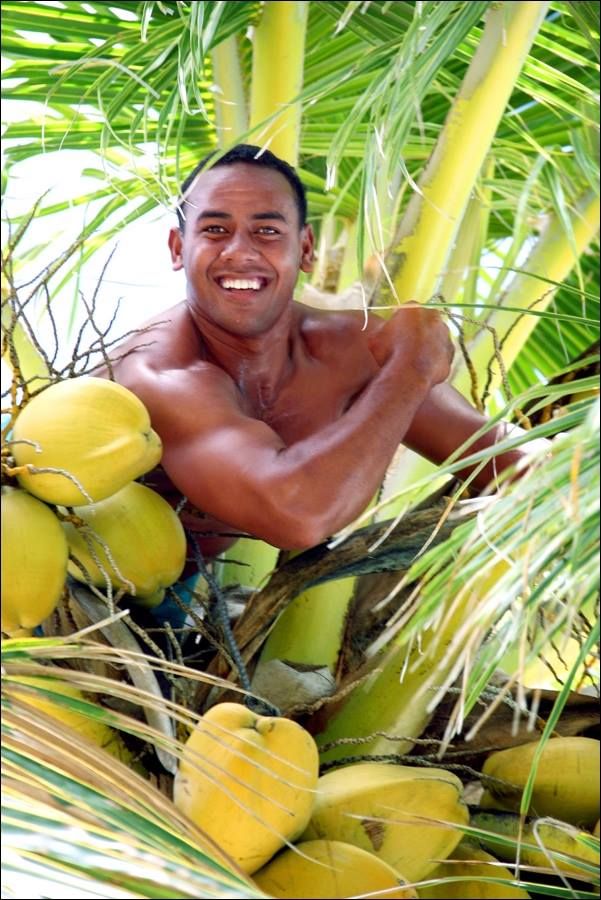
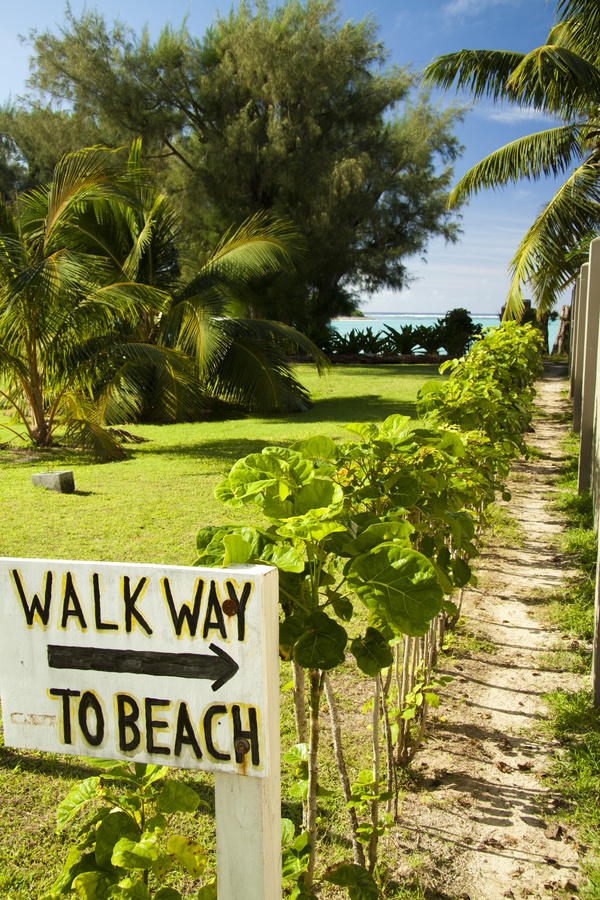


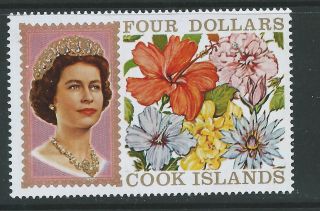
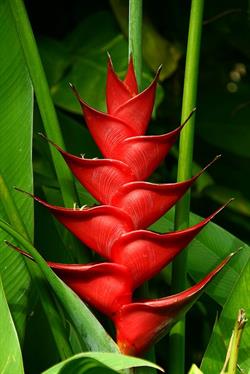

_b.jpg)
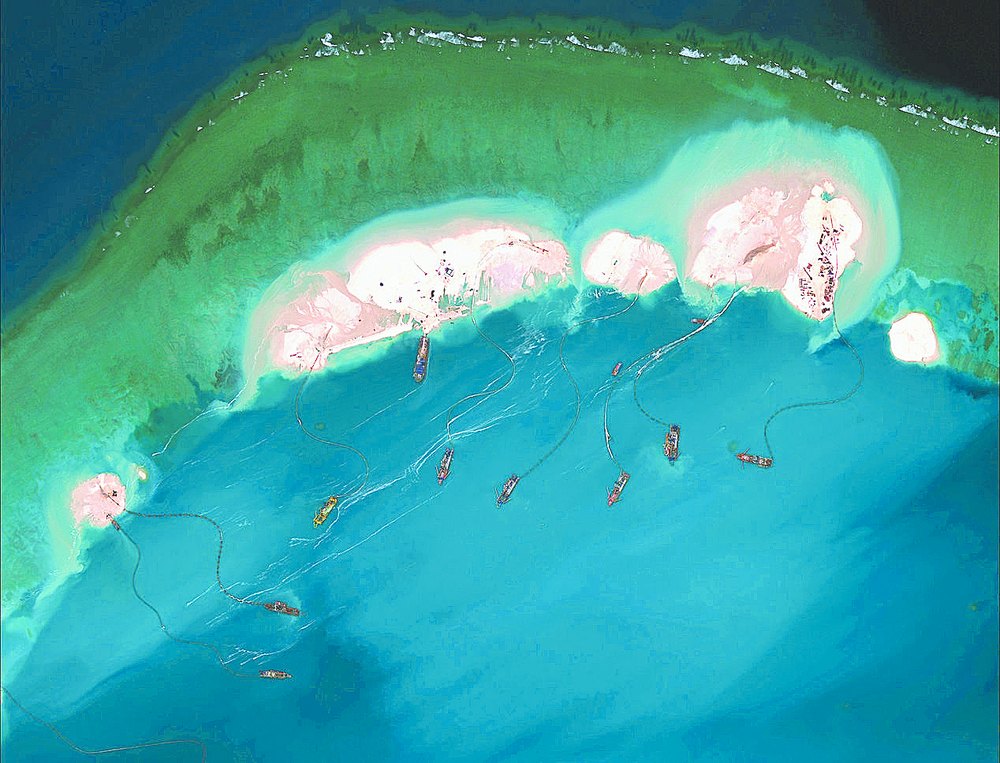
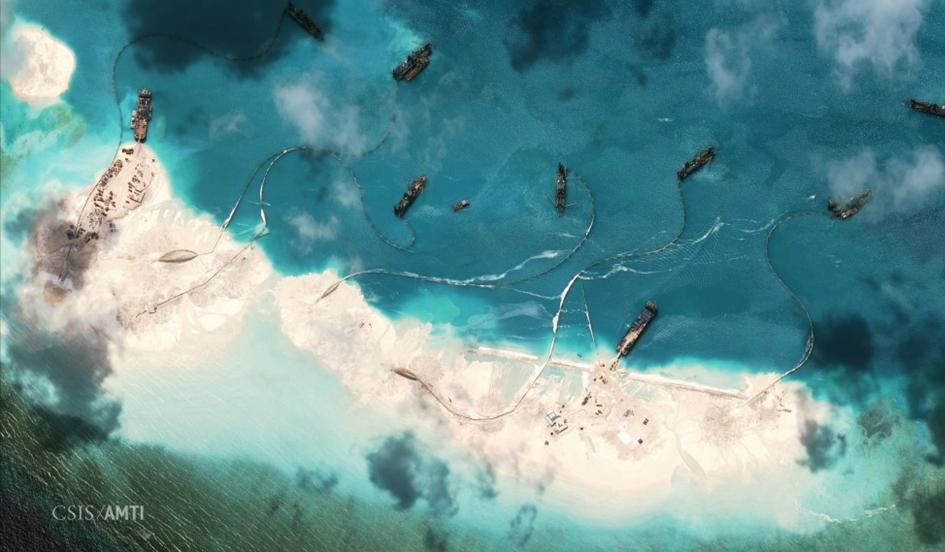
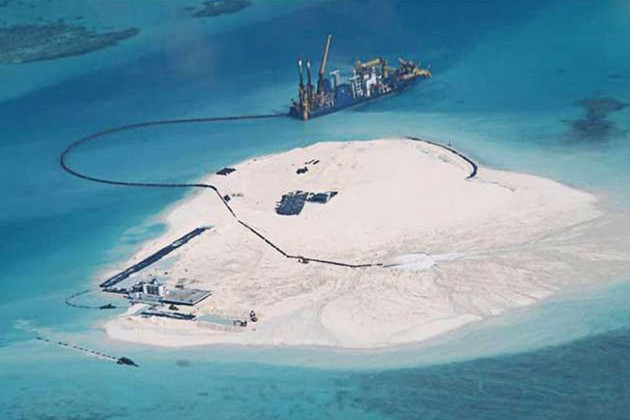
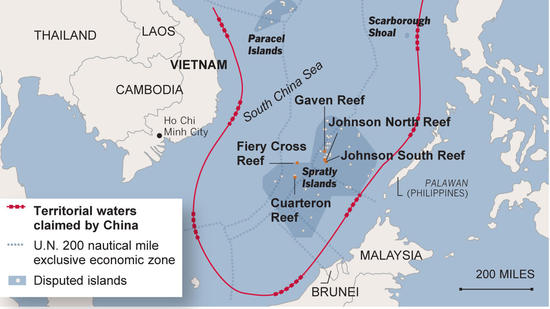
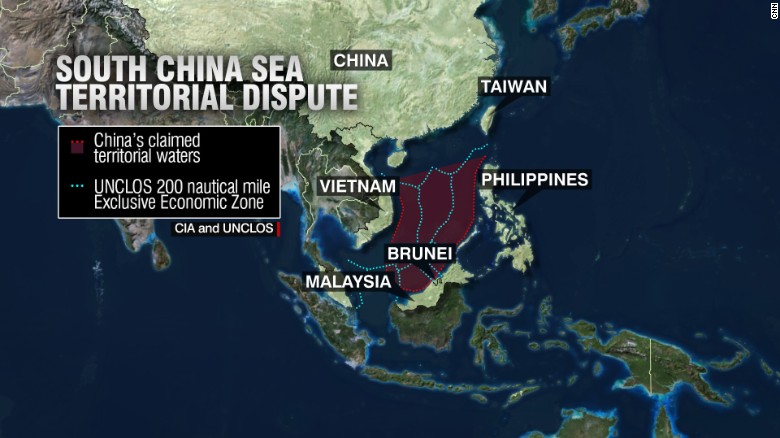
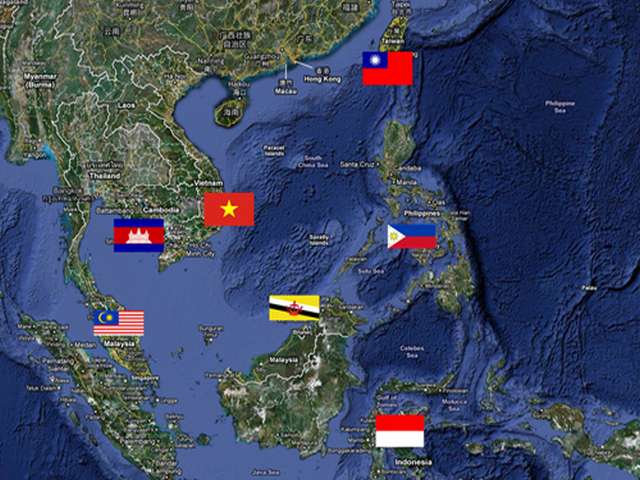
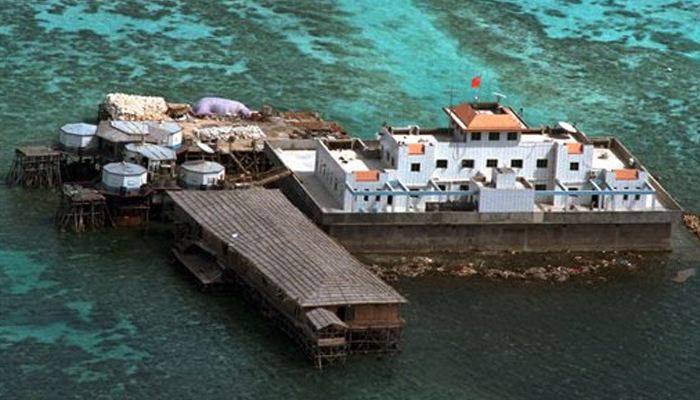
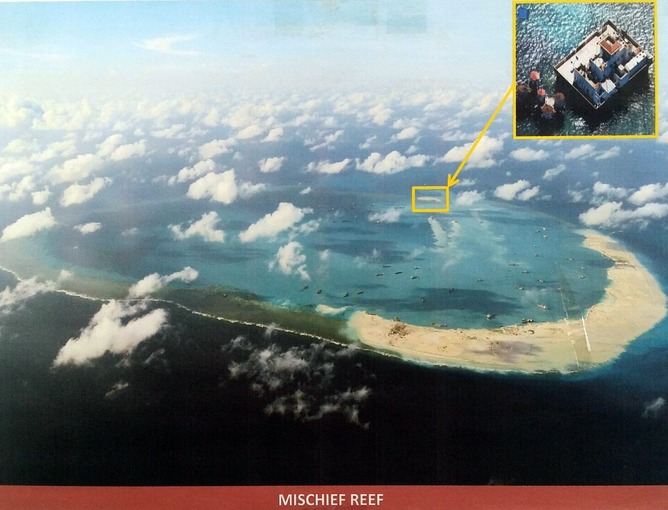
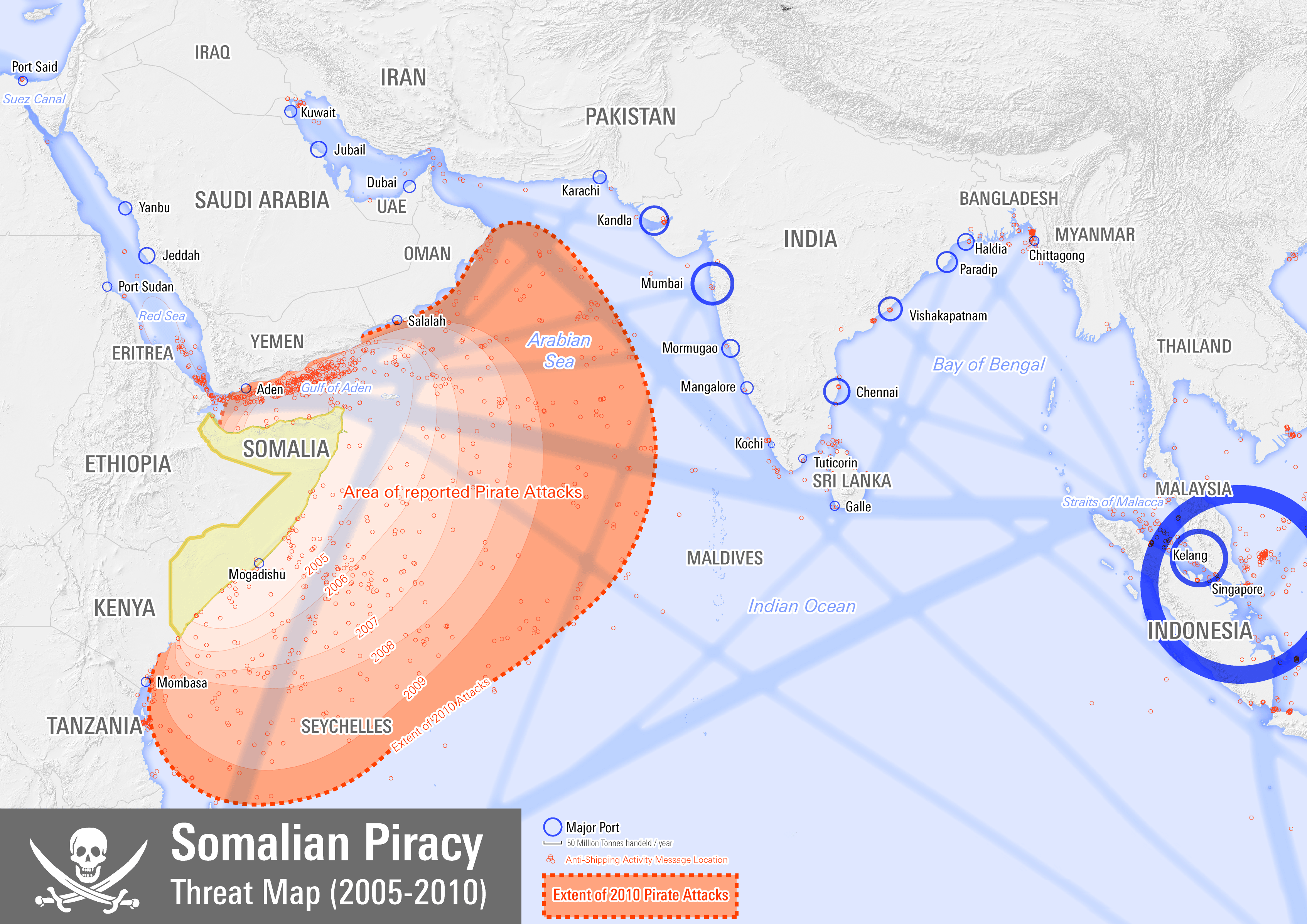
در بحث حمل و نقل زمان خیلی مهم اگر کشتی از خاور میانه به سمت کشور ژاپن حرکت کنند ودریا چین جنوبی بسته بشود کشتی ها باید از سواحل جنوبی اندونزی حرکت کنند و زمان زیاد میبرد یا اگر خیلج عدن بسته شود دروازه آفریقا و اورپا برای کشورهای خاورمیانه بسته است و کشتی ها برای تحویل بار زمان بیشتری در نظر گرفته می شود تا خود را به دماغه آگولهاس برسانند پس این مناطق خیلی مهم هستند
چیز دیگری که نظر من را جالب کرد اگر تمایل به خرید ملک در این جزایر
رو داشته باشید، باید بدونید که به خارجی ها ملکی فروخته نمی شه . برای این کار
باید اقامت داشته باشید. ولی می تونید ملک رو برای مدت ۶۰ سال خریداری کنید
شما می توانید با این سایت ساعت خودتان را نسبت به کشور مورد نظر تنظیم کنید واختلاف زمانی آنجا را بدانید
http://www.timeanddate.com/time/map/#!cities=279
دیرینه شناسان و باستان شناسان ردپایی از وجود انسان در ۴ قرن پیش از میلاد را در جزایر کوک، کشف کردهاند. تاریخ شفاهی راراتونگا (مهمترین جزیره از مجمع الجزایر کوک و تنها جزیره قابل سکنی کشور جزایر کوک) به حدود ۱۴۰۰ سال پیش باز میگردد.

اولین اروپایی که در سال ۱۵۹۵ به این جزایر رسید، دریانورد اسپانیایی به نام
«آلوارو دی مندانا"
با توقف کوتاه مدتی در جزیره
ی شمالی پوکاپوکا به راه خود ادامه داد. در سال ۱۶۰۶ دریانورد دیگر اسپانیایی به نام
پدرو فرناندز دی کویروس به دیگر جزیره
ی شمالی یعنی راکاهانگا سفر کرد، اقامت او نیز کوتاه مدت بود؛ و اما
کاپیتان جیمز کوک دریانورد انگلیسی اولین اروپایی بود که این جزیره را
به طور کامل و دقیق کشف کرد، کاپیتان کوک در سال ۱۷۷۳ به این جزایر رسید و در سال ۱۷۷۷ به
ش بازگشت، او در طول این ۴
سال اقامتش در مجمع الجزایر کوک، کلیه ی جزایر
ناشناخته را کشف نمود. در سال ۱۸۳۵ در اولین اطلسی که از جزایر اقیانوس آرام جنوبی
تهیه شد، این جزایر به نام »جزایر کوک» به ثبت رسید و
امروزه نیز به همین نام خوانده میشود، در آن زمان، جزایر شمالی با نامهای جزایر
پنرین و جزایر مانی هیکی نامیده
میشد.

پای مبلغین مسیحی در قرن ۱۹ میلادی به این جزایر باز شد که نقش عمدهای در تحول فرهنگ و مذهب جزیره نشینان برجای گذاشت، با این حال مبلغین هیچ اقدامی به منظور ریشه کن کردن فرهنگهای بومی مردم جزیره انجام ندادند. اولین ملبغ مسیحی که به جزایر کوک سفر کرد، کشیشی به نام «جان ویلیامز« از جامعه ی مبلغین مسیحی لندن بود که در سال ۱۸۲۱ وارد جزیرهی آیتوتاکی شد. هرچند تاثیر مبلغان مسیحی بر دیگر جزایر اقیانوس آرام جنوبی نیز بسیار ملموس بود، دیگر مبلغین مسیحی در سال ۱۸۲۳ از جزایر سوسایتی (پولینزیای فرانسه) وارد جزیره ی راروتونگا شدند.
در سال ۱۸۸۸ بریتانیا به تلافی ادعای مالکیت فرانسه بر پولینزیا (همسایهی غربی جزایر کوک) رسما تحتالحمایگی جزایر کوک را اعلام کرد، پس از آن شمار مستعمرات بریتانیا در اقیانوس آرام جنوبی به طرز فرایندهای رشد یافت. در سال ۱۹۰۰ نیوزیلند، راروتونگا و سایر جزایر عمده ی مجمع الجزایر کوک را ضمیمه ی خود ساخت، نیوزیلند چند سال بعد دیگر جزایر شمالی آن را نیز مال خود کرد.
در سال ۱۹۶۵ جزایر
کوک، حق خودمختاری در امور داخلی را به دست آورد ولی هنوز دفاع و سیاست خارجی آن،
تحت کنترل نیوزیلند است
آلبرت هنری که رهبر حزب جزایر کوک بود، نقش مهمی در جنبشهای استقلال طلبانه ی جزایر کوک داشت. آلبرت هنری در سال ۱۹۶۸ نخست وزیر شد، در سال ۱۹۷۴ او حائز رتبه ی «شوالیه» گشت ولی چندی بعد این درجه ی فسخ شد. در سال ۱۹۸۰ او را به فساد متهم کردند. آلبرت هنری در سال ۱۹۸۱ درگذشت
دکتر توماس دیویس از حزب دموکرات، نخست وزیر بعدی جزایر کوک بود. چندین سال جزایر کوک گرفتار بیثباتی سیاسی بود، نخست وزیر ظرف مدت کوتاهی تغییر میکرد و فرد دیگری جایگزین او میشد، از مهمترین نخست وزیرهای این دوره میتوان به، جفری هنری و هنری نفو اشاره کرد. در ۱۴ دسامبر ۲۰۰۴، جیم ماروری نخست وزیر جزایر کوک شد.
نژاد ۸۷ ٪ مردم جزایر کوک مائوریهای جزایر کوک و ۵ ٪ نیز پولینزیایی میباشند
همچنین دین ۵۵ ٪ ساکنان جزایر کوک، انگلیکان، ۱۶ ٪ کاتولیک، ۸ ٪ ادونتیست ، ۳ ٪ کلیسای لتر دی ساینت و ۵ ٪ پروتستان هستند.
زبان رسمی کشور جزایر کوک، انگلیسی است همچنین زبان مائوری نیز رایج است.
واحد پول کشور جزایر کوک، دلار نیوزیلند با واحد جزء (سنت) نام دارد. از مهمترین صادرات کشور جزایر کوک میتوان به نارگیل، انبه، مرکبات تازه و کنسرو شده، ماهی،مرواید، صدف و پوشاک اشاره کرد. توریسم نیز از مهمترین صنایع کشور جزایر کوک به شمار میرود


The Cook Islands is an island country in the South Pacific Ocean in free association with New Zealand. It comprises 15 islands whose total land area is 240 square kilometres. The Cook Islands' Exclusive Economic Zone (EEZ), however, covers 1,800,000 square kilometres of ocean.
The Cook Islands' defiance and foreign affairs are the responsibility of New Zealand, which is exercised in consultation with the Cook Islands. In recent times, the Cook Islands have adopted an increasingly independent foreign policy. Although Cook Islanders are citizens of New Zealand, they have the status of Cook Islands nationals, which is not given to other New Zealand citizens.

The Cook Islands' main population centers are on the island of Rarotonga (10,572 in 2011), where there is an international airport. There is a larger population of Cook Islanders in New Zealand, particularly the North Island. In the 2006 census, 58,008 self-identified as being of ethnic Cook Islands Māori descent.
With about 100,000 visitors travelling to the islands in the 2010–11 financial year, tourism is the country's main industry, and the leading element of the economy, ahead of offshore banking, pearls, and marine and fruit exports.
The Cook Islands are in the South Pacific Ocean, northeast of New Zealand, between French Polynesia and American Samoa. There are 15 major islands spread over 2,200,000 km2 (849,425 sq mi) of ocean, divided into two distinct groups: the Southern Cook Islands and the Northern Cook Islands of coral atolls.
The islands were formed by volcanic activity; the northern group is older and consists of six atolls, which are sunken volcanoes topped by coral growth. The climate is moderate to tropical.
The 15 islands and two reefs are grouped as follows:
- Southern Cook Islands:
Nga-pu-Toru ("Three Roots", the eastern islands):
- Atiu (Enua Manu or Island of Birds)
- Ma'uke (Akatokamanava)
- Mitiaro (Nukuroa)
- Takutea
- Northern Cook Islands:
Manihiki (Te Fuinga o Niva)
Nassau (Te Nuku o Ngalewu)
Penrhyn Island (Tongareva or Mangarongaro)
Pukapka(Te Ulu o te Watu)
Rakahang (Tapuahua)
Suwarrow also called Suvorov
Tema Reef (submerged)
Other islands:
Aitutaki (Araura Enua)
Mangaia (Auau Enua)
Rarotonga (Tumutevarovaro), with the capital, Avarua.
Palmerston Island (Pamati) sometimes grouped with the Northern Group.
Manuae
Winslow Reef (submerged)
History
The Cook Islands were first settled in the 6th century by Polynesian people who migrated from Tahiti, an island 1154 km to the northeast of Cook Islands.
Spanish ships visited the islands in the 16th century; the first written record of contact with the islands came with the sighting of Pukapuka by Spanish sailor Álvaro de Mendaña de Neira in 1595 who called it San Bernardo (Saint Bernard). Pedro Fernandes de Queirós, a Portuguese captain working for the Spanish crown, made the first recorded European landing in the islands when he set foot on Rakahanga in 1606, calling it Gente Hermosa (Beautiful People).
British navigator Captain James Cook arrived in 1773 and 1777 and named the islands the Hervey Islands; the name "Cook Islands", in honour of Cook, appeared on a Russian naval chart published in the 1820s.
In 1813 John Williams, a missionary on the Endeavour (not the same ship as Cook's) made the first recorded sighting of Rarotonga. The first recorded landing on Rarotonga by Europeans was in 1814 by the Cumberland; trouble broke out between the sailors and the Islanders and many were killed on both sides. The islands saw no more Europeans until missionaries arrived from England in 1821. Christianity quickly took hold in the culture and many islanders continue to be Christian believers today.
The Cook Islands became a British protectorate in 1888, due largely to community fears that France might occupy the territory as it had Tahiti. On 6 September 1900, the leading islanders presented a petition asking that the islands (including Niue "if possible") should be annexed as British territory. On 8-9 October 1900 seven instruments of cession of Rarotonga and other islands were signed by their chiefs and people; and by a British Proclamation issued at the same time the cessions were accepted, the islands being declared parts of Her Britanic Majesty's dominions. These instruments did not include Aitutaki. It appears that, though the inhabitants regarded themselves as British subjects, the Crown's title was uncertain, and the island was formally annexed by Proclamation dated 9 October 1900. The islands were included within the boundaries of the Colony of New Zealand in 1901 by Order in Council under the Colonial Boundaries Act, 1895 of the United Kingdom. The boundary change became effective on 11 June 1901 and the Cook Islands have had a formal relationship with New Zealand ever since.
When the British Nationality and New Zealand Citizenship Act 1948 came into effect on 1 January 1949, Cook Islanders who were British subjects gained New Zealand citizenship. The country remained a New Zealand dependent territory until 1965, when the New Zealand Government decided to offer self-governing status to its colony. In that year, Albert Henry of the Cook Islands Party was elected as the first Premier. Henry led the country until he was accused of vote-rigging. He was succeeded in 1978 by Tom Davis of the Democratic Party.
Language
The languages of the Cook Islands include English, Cook Islands Māori, or "Rarotongan," and Pukapukan. Dialects of Cook Islands Maori include Penrhyn; Rakahanga-Manihiki; the Ngaputoru dialect of Atiu, Mitiaro, and Mauke; the Aitutaki dialect; and the Mangaian dialect. Cook Islands Maori and its dialectic variants are closely related to both Tahitian and to New Zealand Māori. Pukapukan is considered closely related to the Samoan language. English and Cook Islands Maori are official languages of the Cook Islands.


_b.jpg)
این کشور به تازه رابط خوبی با کشور چین پیدا کرده است نفوذ رو به رشد چین در این کشور آمریکا را به فکر مهار نفوذ چین بیفتد و هم اکنون این موضوع در اولویت های مهم واشنگتن تبدیل شده است همانطور که در فیلم هم ملاحظه کردید ماشین های چینی در این کشور جای خود را پیدا کرداند.
کشور چین در حال توسعه در دریاها و اقیانوس ها می باشد با توجه به اینکه ذخایر خشکی از قبیل نفت و گاز در حال اتمام می باشد و امروز تجهیزات زیر دریا ساخته شده تا بتواند منابع عظیم نفت و گاز را از اعمال دریا و اقیانوس ها بیرون آورده و مورد استفاده قرار گیرد برای همین کشور چین با توجه به رژیم حقوقی اهمیت جزایر را به خوبی می داند در اواخر ماه فرودین ماه 1394 در سایت خبری یا هو خبری بود

مبنی بر ساخت جزایر مصنوعی در دریا چین جنوبی توسط کشور چین نقطه ای که همراه بر سر مالکیت جزایر آن (نقطه مورد نظر مجمع الجزایر اسپراتلی میان چین ، ژاپن ، فیلیپین، ویتنام، مالزی، تایوان و برونئی دارای تنش می باشد کشور چین با سرعت حیرت انگیزی شروع به ساخت جزایز مصنوع کرد و چین مدعی مالکیت بخشی های وسیعی از دریا چین جنوبی است




در گذشته چندین جزیره مصنوعی در این منطقه ساخته است. این جزایر به چین اجازه می دهد تسلط بیشتر را در دریا چین جنوبی داشته باشد.


در حالی که سهم چینی ها از دریا چین جنوبی استحقاق مالکیت آن را دارد، کمتر از میزانی است که چینی ها مدعی آن هستند. از طرفی برای جهت جلوگیری از ساخت این نوع جزایر دولت ایالات متحده آمریکا واکنش شدید را ابراز داشته است.

در بحث حمل و نقل زمان خیلی مهم اگر کشتی از خاور میانه به سمت کشور ژاپن حرکت کنند ودریا چین جنوبی بسته بشود کشتی ها باید از سواحل جنوبی اندونزی حرکت کنند و زمان زیاد میبرد یا اگر خیلج عدن بسته شود دروازه آفریقا و اورپا برای کشورهای خاورمیانه بسته است و کشتی ها برای تحویل بار زمان بیشتری در نظر گرفته می شود تا خود را به دماغه آگولهاس برسانند پس این مناطق خیلی مهم هستند